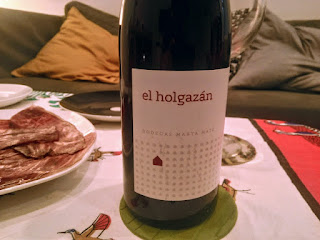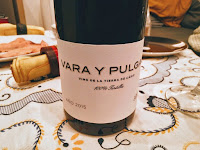La Faraona 2014, D.O. Bierzo, 100 Puntos Parker
La Faraona, Bierzo, León, 100 puntos Parker En su prestigiosa y controvertida lista, Robert Parker, (Wine Advocate) ha otorgado en 2017 la máxima puntuación posible, 100 puntos, a La Faraona 2014, vino del Bierzo, producido por la bodega “Descendientes de J. Palacios”, en Corullón, al frente de la cual se encuentran Ricardo y su tío Álvaro Palacios; quienes también han colocado La Faraona 2015 con 99 puntos. Estos, además figuran entre los 10 mejores vinos del mundo en el número 232 de la Revista Wine Advocate. https://winejournal.robertparker.com/top-10-rated-wines-from-issue-232 El Bierzo ha salido muy favorecido en las puntuaciones que otorga el gurú Parker, a través de su hombre en España, Luís Gutierrez. Moncerbal 2014, también de la misma bodega ha obtenido nada menos que 98 puntos, y Corullón Las Lamas 2014 y Corullón 2014, ambos 95 puntos. Sin olvidar un vino que siempre ha estado en lo más alto, con una magnífica relación calidad precio, Pétalos del B...










